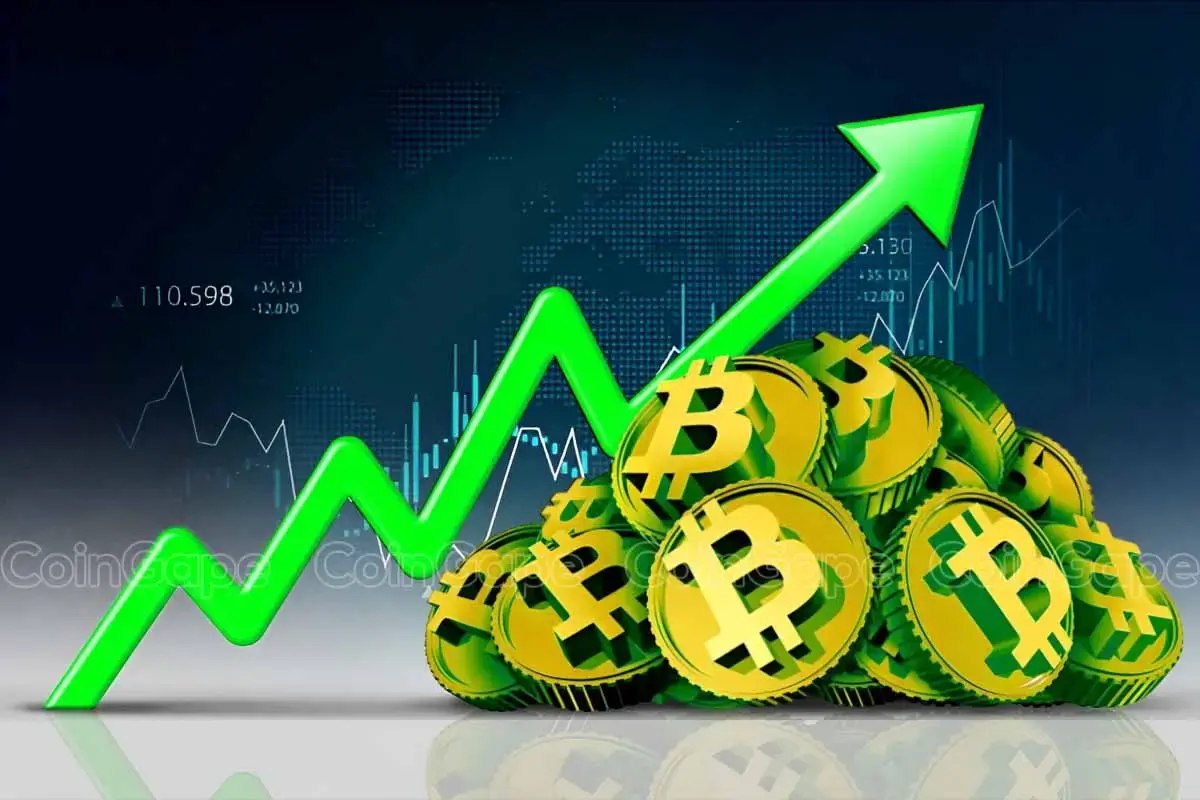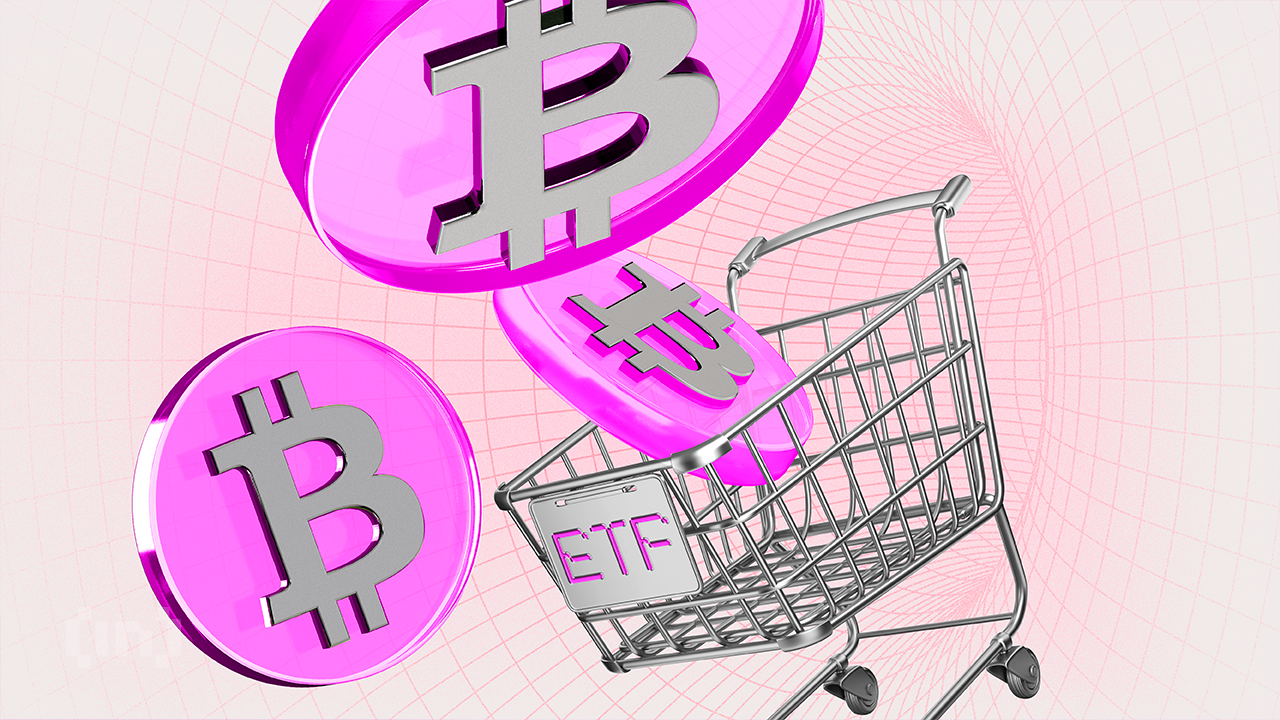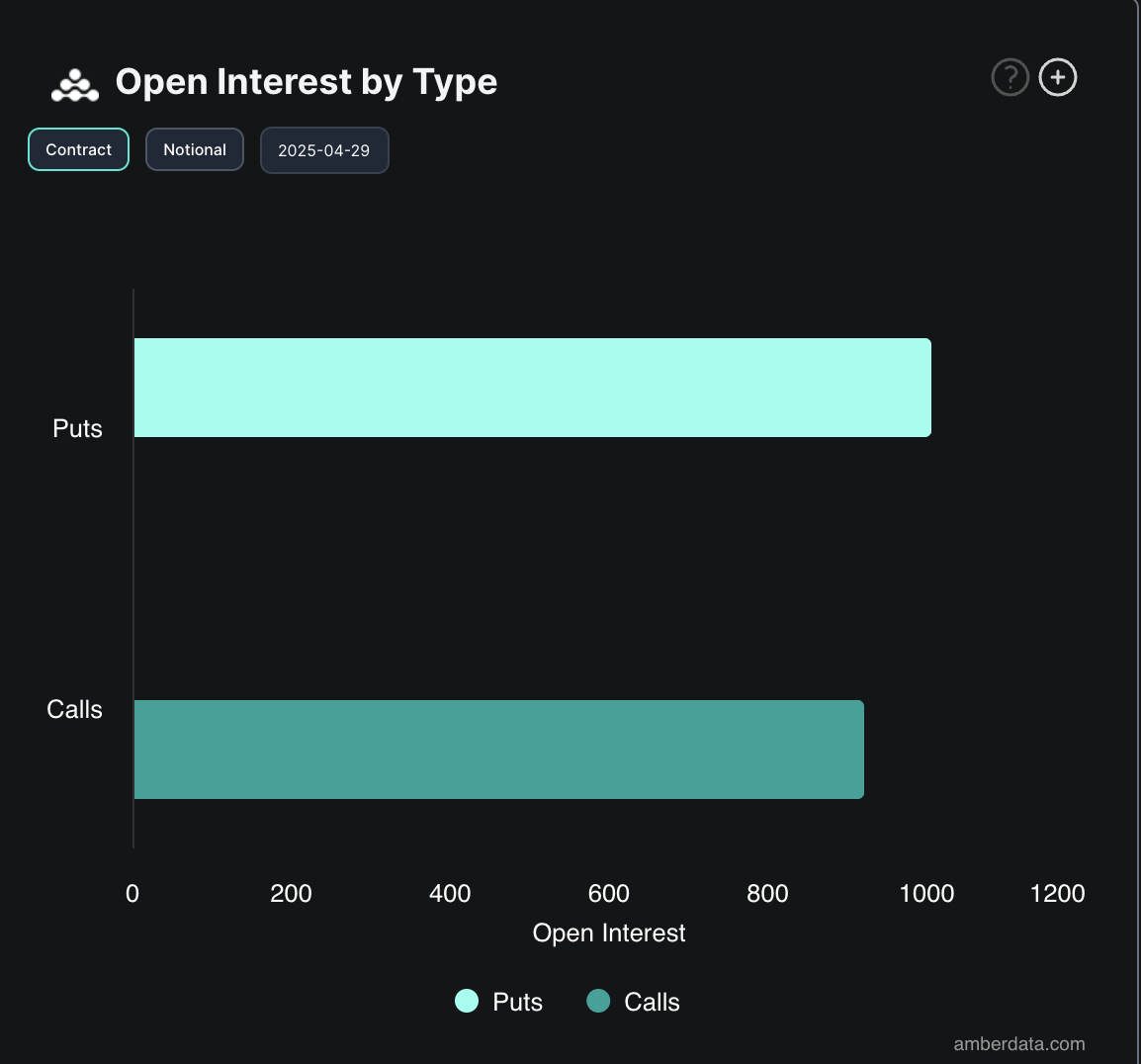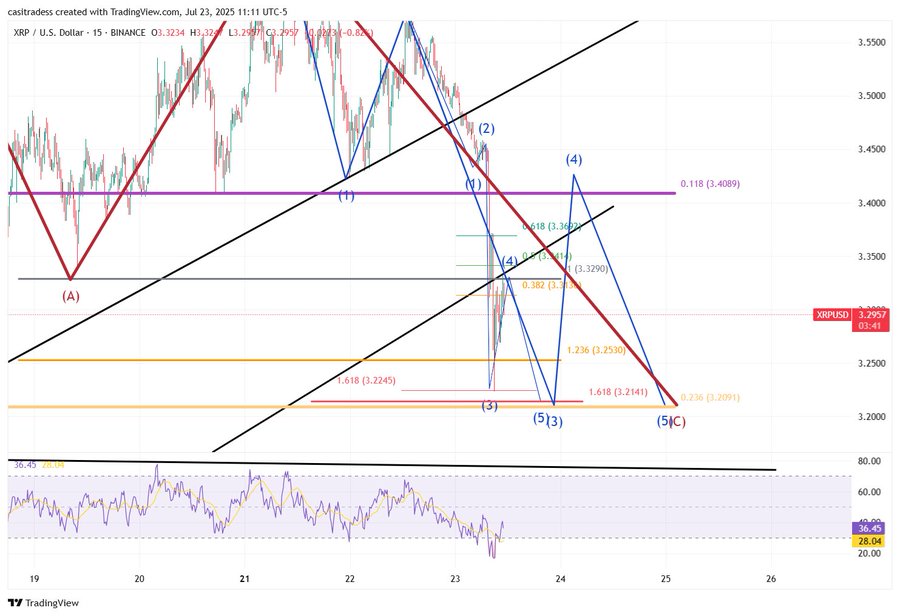
The price of Bitcoin (BTC) has blasted past the resistance level at $80,000 after US President Donald Trump announced a 90-day pause on his reciprocal tariff measures. The price of the coin has faced series of rejection at this point following the trade war escalation with China.
BTC Price Soar on Reciprocal Tariff Pause
At the time of writing, the price of Bitcoin was changing hands for $81,318.29, up by more than 6.18% in the past 24 hours. This rebound followed an earlier tease in which President Trump asked to buy the dip in hopes, a statement that proved speculative earlier today.
Like Bitcoin, top altcoins are also in a rebound mode, with Ethereum (ETH) skyrocketing 9.2% to $1,589.81. XRP rallied past the $2 resistance point after gaining 13.26% in 24 hours. Cardano, Solana, and Dogecoin have also staged impressive rebounds as of writing with gains of 10.2%, 12.83%, and 9.6%, respectively.
While it remains uncertain whether this uptick will last long, the general market trend is trailing the rebound mode. Stock futures are also lifted as off-writing, with optimism surrounding risk-on assets.
Is The Tariff War Finally Over?
The full context of the US-China trade war shows that President Trump only postponed full implementation for about 75 countries that have opened negotiations with the US. The reciprocal tariff announced on April 2 was lowered to 10% alongside the 90-day pause.
However, China was exempted from this latest concession. Instead, President Donald Trump increased the tariff on goods from China to 125%, effective immediately. The President highlighted that the goal is for China to stop ripping the US off.
Meanwhile, China has chosen to stand up to the United States in the tariff war. Over the past few days, China has announced a counter tariff on the U.S, a move economists warn might cripple both economies.
Although BTC price has recovered, these trade headwinds remain a major one to watch out for.
Market Shifts Focus from Trade War
The trade war between the US and China has masked the hype surrounding other key events in the crypto ecosystem. This week, the first XRP ETF leverage product outshone Solana as it went live on NYSE Arca. Dubbed the 2X Daily Long XRP ETF, the leveraged product saw a substantial $5 million inflow at its debut.
In addition, Solana developers are innovating with the introduction of Confidential Balances and Open Relayer. Ethereum Pectra upgrade remains in view while the Bitcoin price correlation with the mainstream stock market is thinning out.
These events will likely fuel a sustained reversal of the negative trend recorded in the past few weeks.
The post BTC Price Blasts Past $80k As Trump Announces 90-Day Pause On Reciprocal Tariffs appeared first on CoinGape.











